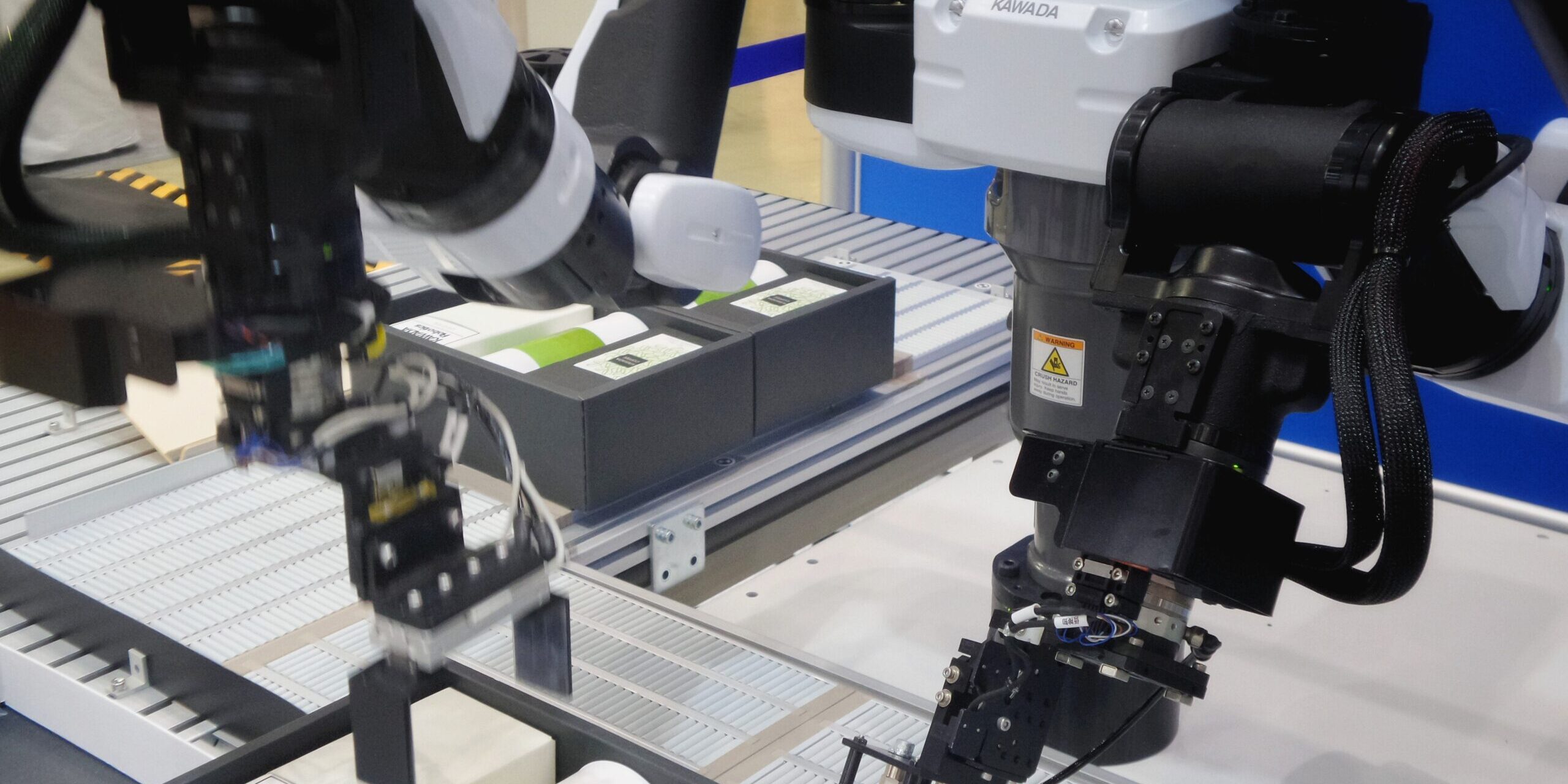Robotics and automation have transformed warehouse operations, revolutionizing order fulfillment, inventory management, picking and packing, space utilization, and workforce collaboration. These technologies have improved efficiency, accuracy, and productivity, reducing labor costs and enhancing customer satisfaction. With the increasing adoption of robotics and automation, warehouses are experiencing a paradigm shift, where human workers and machines collaborate to optimize operations. As technology continues to advance, the role of robotics and automation in warehouse operations will only continue to grow, leading to even more streamlined and efficient supply chain management.
Efficient Order Fulfillment:
One of the key areas where robotics and automation have made a significant impact is in order fulfillment. Automated guided vehicles (AGVs) and autonomous mobile robots (AMRs) are now commonly used to transport goods within the warehouse. These robots can navigate through aisles, pick up and drop off items, and transport them to designated locations. By automating these tasks, warehouses can achieve faster and more accurate order fulfillment, reducing human error and improving customer satisfaction.
Inventory Management and Tracking:
Maintaining accurate inventory records is crucial for efficient warehouse operations. Robotics and automation play a vital role in inventory management and tracking. With the help of barcode scanners, RFID technology, and automated systems, warehouses can track inventory levels, monitor stock movement, and update records in real time. This enables better inventory control, reduces stockouts, and facilitates timely replenishment, ensuring a smoother operation and improved customer service.
Picking and Packing Automation:
Picking and packing are labor-intensive processes in warehouse operations. However, with the introduction of robotics and automation, these tasks have become more efficient. Automated picking systems, such as robotic arms and pick-and-place machines, can handle repetitive picking tasks with speed and precision. These robots can scan barcodes, identify products, and sort them into appropriate containers or packaging. By automating picking and packing processes, warehouses can significantly increase throughput, reduce labor costs, and improve order accuracy.
Optimized Warehouse Layout and Space Utilization:
Robotics and automation also have a significant impact on warehouse layout and space utilization. With the use of automated storage and retrieval systems (AS/RS), warehouses can maximize vertical space by storing items in high-density racks and shelves. AS/RS systems use robots to retrieve and deliver items, eliminating the need for human intervention in locating and accessing inventory. This allows warehouses to utilize space more efficiently, increase storage capacity, and optimize the flow of goods within the facility.
Enhanced Safety and Workforce Collaboration:
Safety is a top priority in warehouse operations, and robotics and automation can contribute to a safer working environment. By automating repetitive and physically demanding tasks, these technologies reduce the risk of accidents and injuries associated with manual labor. Moreover, collaborative robots, also known as cobots, work alongside human workers, assisting them in tasks that require strength or precision. This collaboration improves productivity, allows for a more efficient use of human resources, and enhances overall workplace safety.







